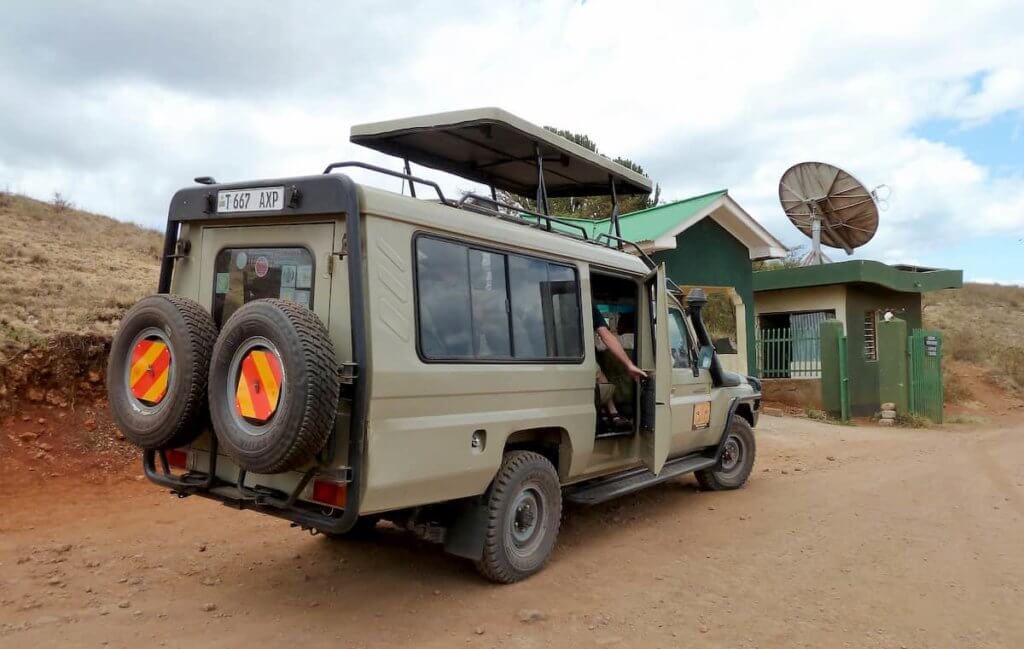
How Fast Can You Drive On A Spare Tire?
How fast can you drive on a spare tire? Well, that means you have got a flat tire. There is nothing worse for a driver than getting a puncture just before taking the wheel or hear the ominous sound of a tire at the end of life while driving fast on the highway. Fortunately, we have come a long way since the ’50s. Now tires no longer explode like balloons and modern technology such as run-flat or tubeless can help you avoid many inconveniences. Even standard tires, of the lowest level, have proven rigidity.
If you have been exceeding the speed limit as it is because you have got an emergency at home, it can be the most agitating thing to discover you have a flat tire. You just have to stop and change the tire. You can be so glad you know how to do that because that will at least save you a bit of time.
With a spare tire on you can be on your way again, but how fast can you drive on a spare tire, because you need to speed to get to your emergency at home.
With a new spare tire, it should be written on a sticker on the side of the tire about how fast can you drive on a spare tire, but if that is not there, the general rule is to not go any faster than 50 miles/hour as that could cause damage to the tire.
The Donut Spare Tire

The type of spare tire you have can make difference to the speed you can travel at as well as how far you can go. There was a time when cars all came equipped with a full-size spare. These tires are heavier and also require more storage space.
If this kind of full-size tire is your spare, you will be able to travel at your usual speed and go as far as you need to go as they are much the same as all the other tires you have on your vehicle.
Donuts are lighter, smaller, and with less tread
Some newer vehicles are equipped with run-flats and this means your car would not have a spare tire or any tools either for changing the tire. But what happens if you have a donut spare tire in your car? How fast can you drive on a spare tire like this, after all these are narrower tires? They are lighter too and take up less space in your car.
If you are wanting to travel with such a tire as fast as you can, just how fast can you drive on a spare tire such as a donut tire because quite frankly you need to put your foot down on the accelerator and move to make up for the lost time.
However heat is bad for donut tires and how fast can you drive on a spare tire with heat as a problem is not very fast as the faster you drive, the more that heat is generated, more so if your spare is low on air pressure.
How fast can you drive on a spare tire?

Unfortunately, the truth is that these tires are not designed for speed or for distance. They are just essentially designed to get you to the closest garage so that you can have your spare tire attended to.
Yes, your owner’s manual will suggest to you how spare tires work with your car, and generally, you will see that you would not be able to go much faster than 50 miles an hour. If you have a new donut tire, there should be a sticker on the side telling you how fast you can go with it. If there is not a sticker, then the modus vivendi is to not go faster than the 50 mph mentioned.
Going any faster could well cause some damage and then you will be in a serious pickle with no spare tire to rely on.
Donut tires are smaller than your regular tire which means that they are not built to put up with what your regular tires contend with. They have very little tread and they are also smaller than your other tires which means essentially that the tire has to spin faster to cope with your moving vehicle.
One emergency on top of another
Unfortunately, with a donut spare tire, these tires are not designed to cope with your regular driving requirements. How fast can you drive on a spare tire will always give you the answer ‘not very fast’.
The reason for this is that with a spare tire you would not be able to brake- or handle your car as you normally would, and traveling at a high speed can possibly see you in grave danger of not being able to brake in time and rolling your car, and then you have a whole new emergency on your hands added to the emergency you had at home and which you now cannot attend to.
